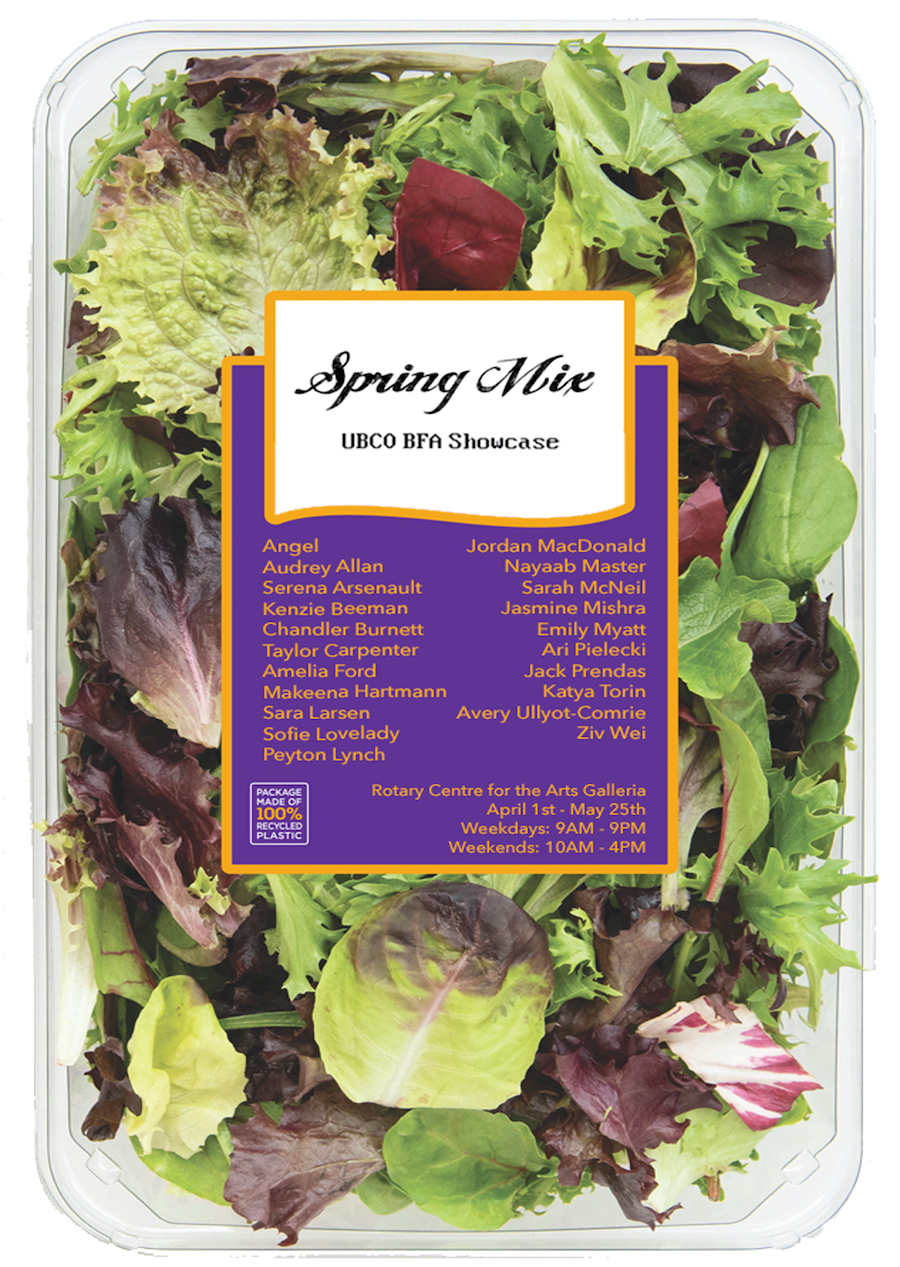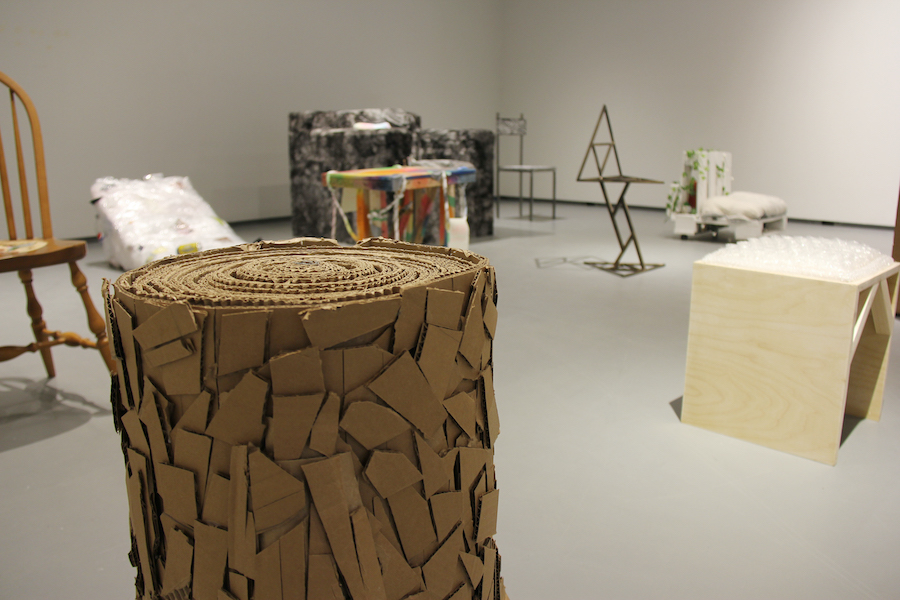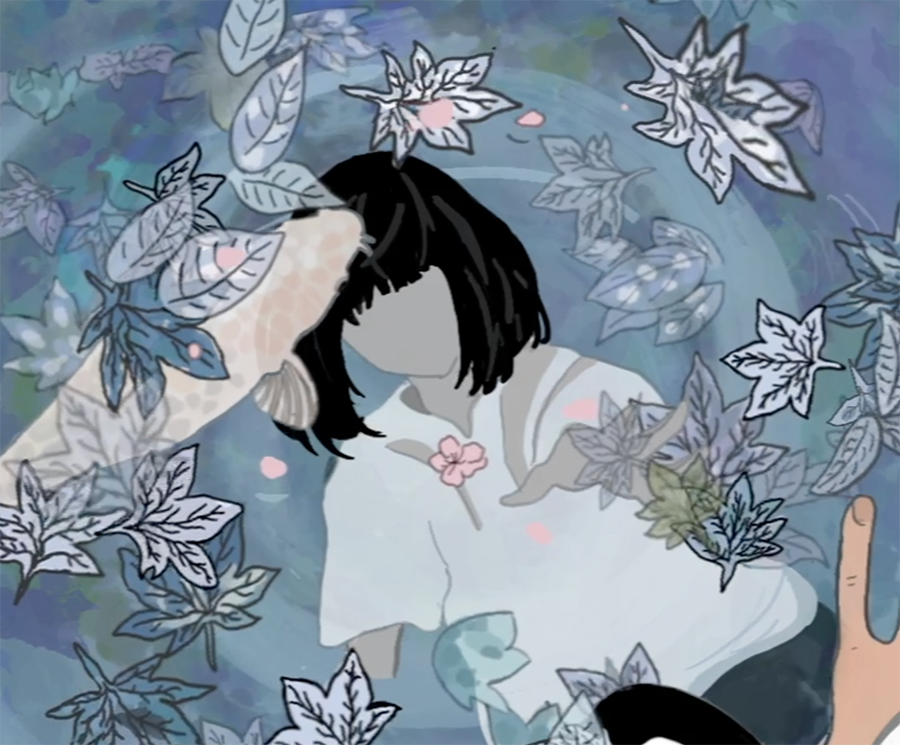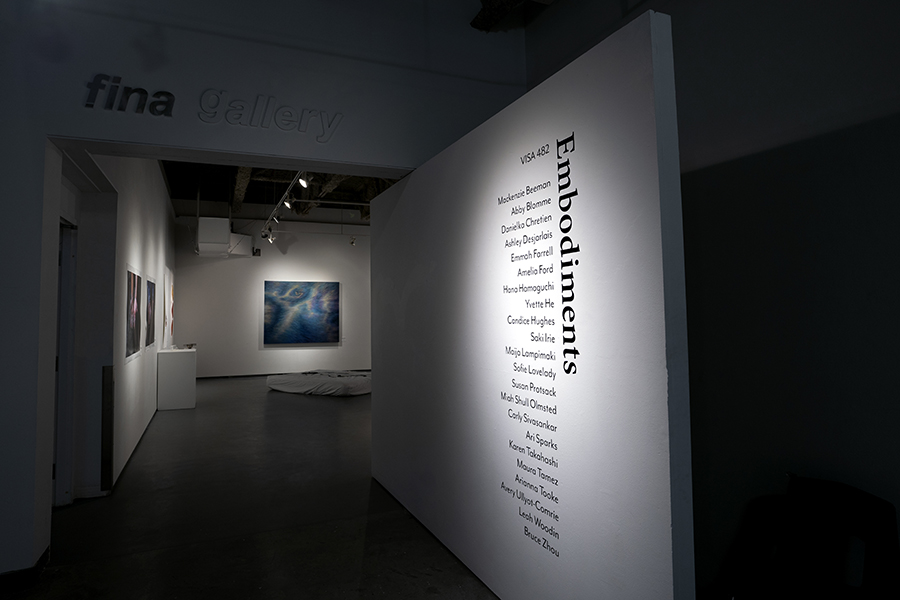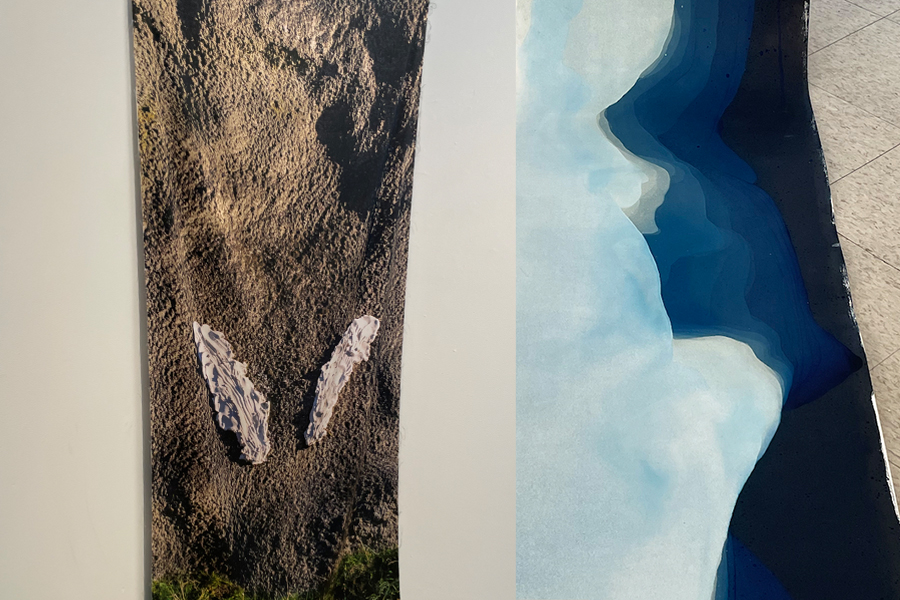when this is over
Amanda McIvor Sonic Studio My relationship to, and my passion for, sound has been a driving force in my life that began in childhood. During the media studies program, I have focused on sound design and how one can be affected by it. I developed ‘Sonic Studio’ as an immersive sound experience that envelops the audience in a blanket of...
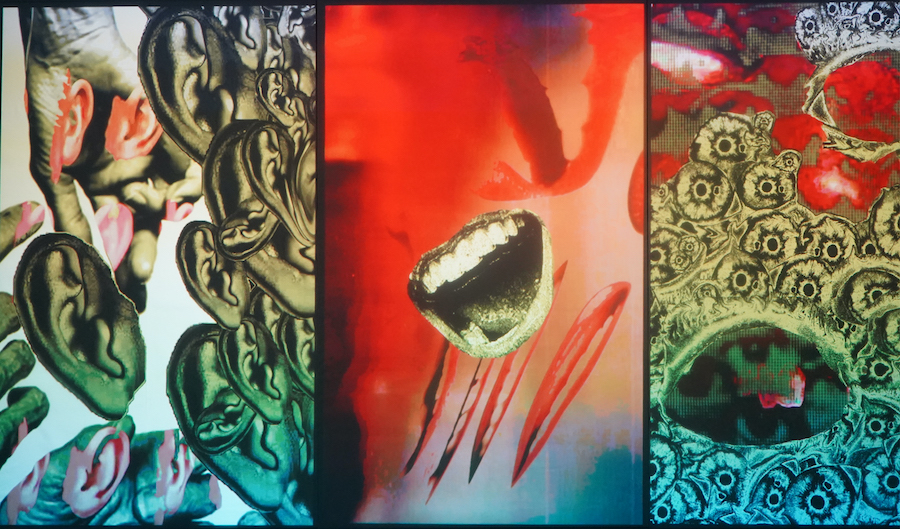
 Follow
Follow